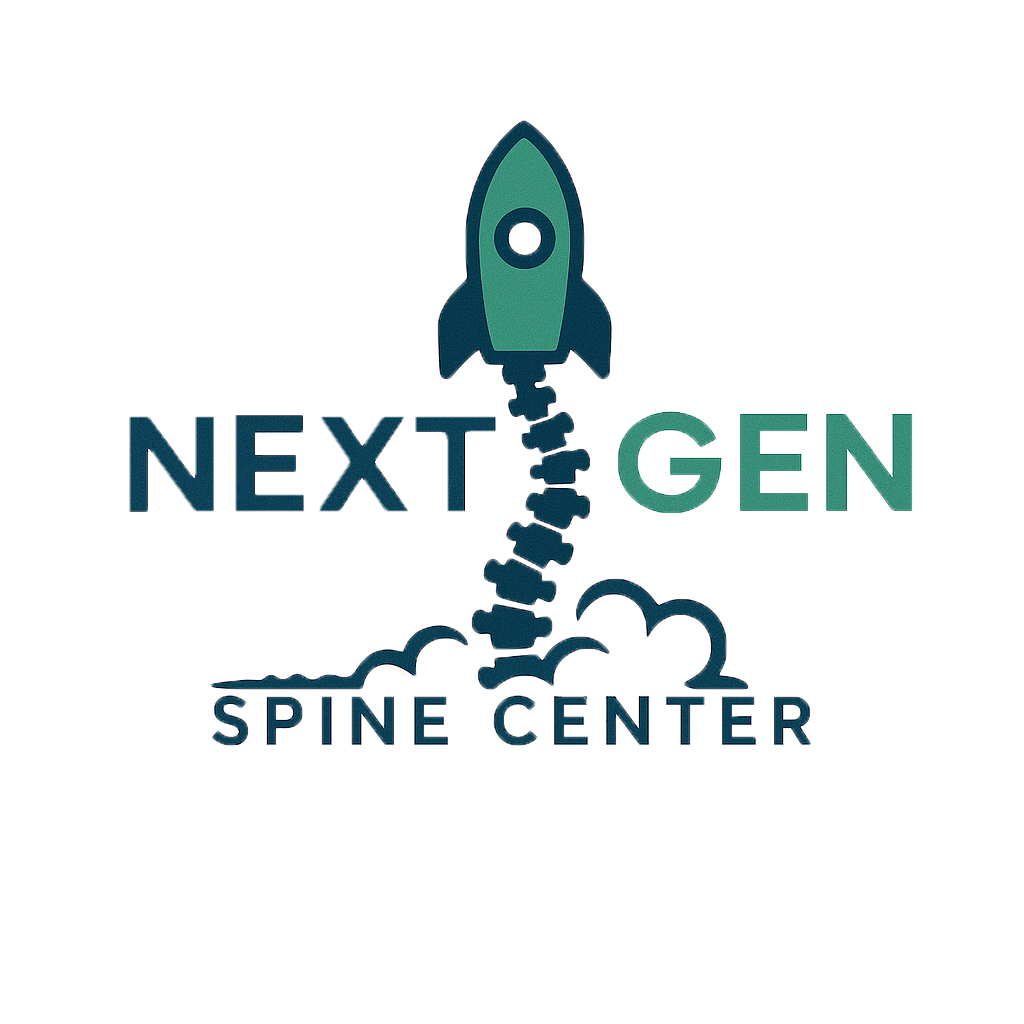Decompression Surgery for Back/Neck Pain
Overview
Decompression surgery is performed to relieve pressure on spinal nerves or the spinal cord
caused by conditions such as spinal stenosis, herniated discs, or bone spurs. Nextgen Spine
Care uses minimally invasive techniques to achieve effective decompression with smaller
incisions and faster recovery compared to traditional open surgery.
Advantages of Nextgen Spine Care’s Minimally Invasive Spine Surgery
– Smaller incisions with less muscle disruption.
– Reduced postoperative pain and scarring.
– Lower risk of infection and complications.
– Quicker recovery.
– Precise removal of bone or soft tissue causing compression.
– Faster return to work and normal activities.
Explanation of the Procedure
-During minimally invasive decompression surgery:
– Small incisions are made over the affected area.
– A tubular retractor creates a pathway to the spine while sparing muscle.
– Specialized instruments are used to remove bone (lamina), ligament, or disc material compressing nerves.
– The spinal canal and nerve roots are decompressed.
– The incision is closed with sutures or staples.
– Patients return home the same day.
Common Symptoms That Can Be Relieved
– Persistent back or neck pain.
– Radiating leg or arm pain.
– Numbness or tingling in the extremities.
– Muscle weakness.
– Difficulty walking or standing due to nerve compression.
Conditions That Could Cause These Issues
-Spinal stenosis.
– Herniated discs.
– Bone spurs pressing on nerve roots.
– Spondylolisthesis causing narrowing of the spinal canal.
– Thickened ligaments compressing the nerves.
